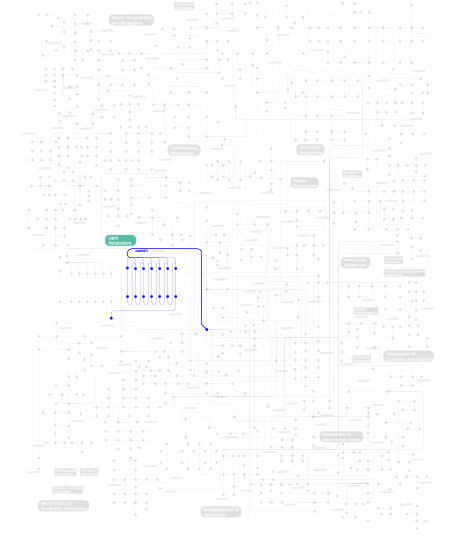The domain within your query sequence starts at position 33 and ends at position 134; the E-value for the CH domain shown below is 7.97e-19.
QKKTFTCWINSQLAKHTPPSVVSDLFADIKKGHVLLDLLEVLSGQQLPRDKGSNTFQCRI NIEHALTFLKNRSIKLINIHVADIVEGNPSIILGLIWTIILH
CHCalponin homology domain |
|---|
| SMART accession number: | SM00033 |
|---|---|
| Description: | Actin binding domains present in duplicate at the N-termini of spectrin-like proteins (including dystrophin, alpha-actinin). These domains cross-link actin filaments into bundles and networks. A calponin homology domain is predicted in yeasst Cdc24p. |
| Interpro abstract (IPR001715): | A number of actin-binding proteins, including spectrin, alpha-actinin and fimbrin, contain a 250 amino acid stretch called the actin binding domain (ABD). The ABD has probably arisen from duplication of a domain which is also found in a single copy in a number of other proteins like calponin or the vav proto-oncogene and has been called calponin homology (CH) domain [ (PUBMED:9708889) (PUBMED:9887274) ]. A detailed analysis of The CH domain-containing proteins has shown that they can be divided in three groups [ (PUBMED:9708889) ]:
Each single ABD, comprising two CH domains, is able to bind one actin monomer in the filament. The N-terminal CH domain has the intrinsic ability to bind actin, albeit with lower affinity than the complete ABD, whereas the C-terminal CH bind actin extremely weakly or not at all. Nevertheless both CH domains are required for a fully functional ABD; the C-terminal CH domain contributing to the overall stability of the complete ABD through inter-domain helix-helix interactions [ (PUBMED:9708889) ]. Some of the proteins containing a single CH domain also bind to actin, although this has not been shown to be via the single CH domain alone [ (PUBMED:9887274) ]. In addition, the CH domain occurs also in a number of proteins not known to bind actin, a notable example being the vav protooncogene. The resolution of the 3D structure of various CH domains has shown that the conserved core consist of four major alpha-helices [ (PUBMED:9887274) ]. Proteins containing a calponin domain include:
|
| GO function: | protein binding (GO:0005515) |
| Family alignment: |
There are 66728 CH domains in 45684 proteins in SMART's nrdb database.
Click on the following links for more information.
- Evolution (species in which this domain is found)
- Cellular role (predicted cellular role)
- Literature (relevant references for this domain)
- Disease (disease genes where sequence variants are found in this domain)
- Metabolism (metabolic pathways involving proteins which contain this domain)
- Structure (3D structures containing this domain)
- Links (links to other resources describing this domain)

















































































